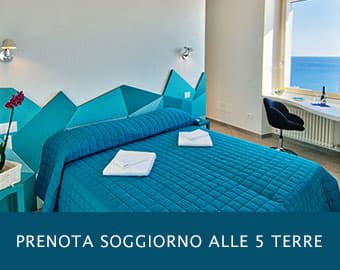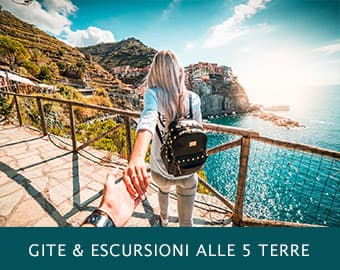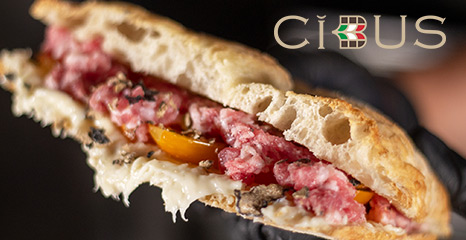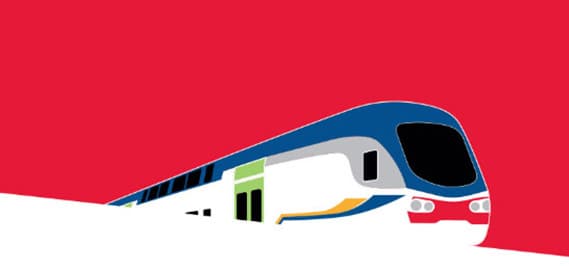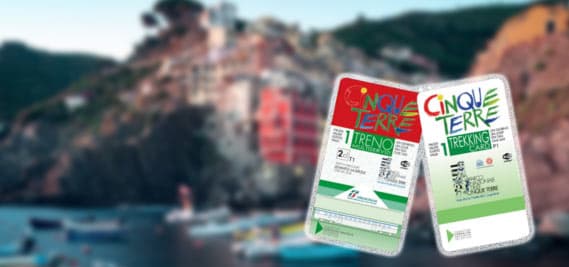Recommended
by CinqueTerre.com
The wines of the Cinque Terre
 It is said Cinque Terre, we think of wines. It is one of the most frequent associations in the minds of tourists and visitors to this area because the wines of the Cinque Terre represent one of the most renowned and sought after products, derived from the vertical slopes on the famous terracing from the skilled hands of heroic winemakers.
It is said Cinque Terre, we think of wines. It is one of the most frequent associations in the minds of tourists and visitors to this area because the wines of the Cinque Terre represent one of the most renowned and sought after products, derived from the vertical slopes on the famous terracing from the skilled hands of heroic winemakers.
 Of the goodness of the wines of the Cinque Terre they had already noticed Boccaccio and Petrarch who wrote this: " Then in a very white tablecloth he brought him two slices of roasted bread and a large glass of Vernaccia di Corniglia ", a few lines in which Boccaccio, in the Decameron, tells how the bandit Ghino di Tacco had one of his prisoners drink a beautiful glass of Vernaccia di Corniglia. From here vineyards illuminated by the benevolent eye of the sun and most beloved in Bacchus look out on Monte Rosso and on the cornices of Corniglia, celebrated everywhere for their sweet wine " writes Petrarch, in the poem Africa, by the way of Monterosso wine.
Of the goodness of the wines of the Cinque Terre they had already noticed Boccaccio and Petrarch who wrote this: " Then in a very white tablecloth he brought him two slices of roasted bread and a large glass of Vernaccia di Corniglia ", a few lines in which Boccaccio, in the Decameron, tells how the bandit Ghino di Tacco had one of his prisoners drink a beautiful glass of Vernaccia di Corniglia. From here vineyards illuminated by the benevolent eye of the sun and most beloved in Bacchus look out on Monte Rosso and on the cornices of Corniglia, celebrated everywhere for their sweet wine " writes Petrarch, in the poem Africa, by the way of Monterosso wine.

vineyards
But the cultivation of vines in the Cinque Terre is a much older activity . The vine appears in the Mediterranean area and in Liguria, around the end of the 4th millennium BC In the eastern part of the Mediterranean we have traces of wine trade around 2,400 BC and in the Cinque Terre wine has always represented the main source that fed the barter, maritime trade and the livelihood of the inhabitants of the villages. Over the centuries, the cultivation of the vine has been refined, has seized the secrets of nature, has been able to exploit the natural elements of the place to the advantage of production, obtaining wines with increasingly rich and full-bodied goodness.
These natural elements are wind , much, sun and water, little. The vines are not grown on the wall, but lying down, at the maximum height of one meter , more often than 50 cm from the ground; the plants are protected from the winds by the famous dry stone walls , which, in addition to protecting, reflect the sun favoring the ripening of the grapes, create space and contain the soil. In such a difficult and vertical environment, here viticulture is defined heroic: it is harvested on its knees and then the baskets are transported for thousands of steps (only recently by train) making each glass of wine sweaty and precious .
 It is in fact from the hard cultivation that the Sciacchetrà is born, the most known and delicious wine of the Cinque Terre and the most appreciated and sought after. For this liqueur nectar with a millennial history and a particular almond aftertaste, the best bunches of Bosco especially and Albarola are chosen, which are then hung in the cellar where they remain for about 50 days, and not before 1 November of the year of harvest are destemmed. The grains are selected one by one to make a very concentrated must with an alcohol content of about 17 degrees, left to age until November 1 of the year following the harvest. The production is very small and for this reason we chose to bottle it in 0.375 liter bottles. The Sciacchetrà therefore represents a special gift, the wine to be uncorked only for special occasions. A curiosity: it seems that the term Sciacchetrà appeared only towards the end of the nineteenth century, thanks to the Macchiaiolo painter Telemaco Signorini , who, in his memoir "Riomaggiore", recalling the summers spent in the village of the Cinque Terre, states that "in September, after the harvest, the best grapes are spread in the sun to obtain the sciaccatras" .
It is in fact from the hard cultivation that the Sciacchetrà is born, the most known and delicious wine of the Cinque Terre and the most appreciated and sought after. For this liqueur nectar with a millennial history and a particular almond aftertaste, the best bunches of Bosco especially and Albarola are chosen, which are then hung in the cellar where they remain for about 50 days, and not before 1 November of the year of harvest are destemmed. The grains are selected one by one to make a very concentrated must with an alcohol content of about 17 degrees, left to age until November 1 of the year following the harvest. The production is very small and for this reason we chose to bottle it in 0.375 liter bottles. The Sciacchetrà therefore represents a special gift, the wine to be uncorked only for special occasions. A curiosity: it seems that the term Sciacchetrà appeared only towards the end of the nineteenth century, thanks to the Macchiaiolo painter Telemaco Signorini , who, in his memoir "Riomaggiore", recalling the summers spent in the village of the Cinque Terre, states that "in September, after the harvest, the best grapes are spread in the sun to obtain the sciaccatras" .
Most of the vines are vines of white grapes Bosco (60%), Albarola (20%) and Vermentino (20%) which since 1973 have been united in the denomination of controlled origin (doc) Cinque Terre. The doc Cinque Terre is a dry white table wine, of an intense straw yellow color, of which it affects the "minerality" (spectrographic analyzes have shown that the white wine of the Cinque Terre is particularly rich in salts, that are deposited by the winds that blow from the sea).
 From the separate vinification of the grapes coming from some areas you get the wines of the" Coste ": Costa de Campu di Manarola, Costa de Sera of Riomaggiore, Costa da Pose of Volastra . The Cinque Terre Costa de Sera is a DOC wine whose production is allowed in a part of the territory of Riomaggiore has a dry, savory taste and intense aroma. The Cinque Terre Costa de Campu is a DOC wine whose production is always allowed in a part of the territory of Riomaggiore and in particular of Manarola. All the wines of the Cinque Terre doc combine excellently with antiparsti such as Monterosso anchovies and cold octopus salads, first and second courses of fish and not like the trenette with pesto or pansotti, vegetable pies, appetizers with focaccia and farinata. an aperitif at KM 0 and should be served fresh between 13 and 16 ° C.
From the separate vinification of the grapes coming from some areas you get the wines of the" Coste ": Costa de Campu di Manarola, Costa de Sera of Riomaggiore, Costa da Pose of Volastra . The Cinque Terre Costa de Sera is a DOC wine whose production is allowed in a part of the territory of Riomaggiore has a dry, savory taste and intense aroma. The Cinque Terre Costa de Campu is a DOC wine whose production is always allowed in a part of the territory of Riomaggiore and in particular of Manarola. All the wines of the Cinque Terre doc combine excellently with antiparsti such as Monterosso anchovies and cold octopus salads, first and second courses of fish and not like the trenette with pesto or pansotti, vegetable pies, appetizers with focaccia and farinata. an aperitif at KM 0 and should be served fresh between 13 and 16 ° C.
Travel
with Ease
The train, surely the best means of travel to visit the Cinque Terre and be enchanted by the beauty of the Ligurian sea. From March 16th the 5 Terre Express train is in service to travel comfortably between La Spezia Centrale, Riomaggiore, Manarola, Corniglia, Vernazza, Monterosso and Levanto with a single single fare ticket, taking advantage of the offer of 100 trains a day, 7 days a week, every 15 minutes


